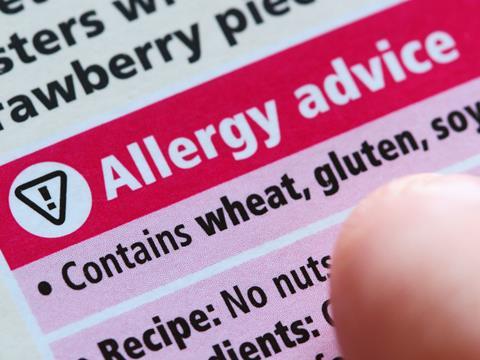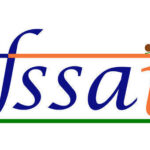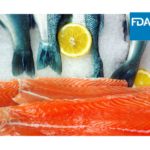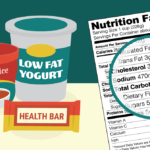Food Allergy is an abnormal immune response that occurs immediately after consuming certain foods. Ingesting even a very small quantity of allergy- causing food can trigger adverse reactions in the body.
According to the World Allergy Organization (WAO), food allergy is a disease that has been increasing over time across the world. It has become a growing concern worldwide. One of the best practices of preventing food allergy is strict avoidance.
Allergen management is a vital element of the food safety management system. Food allergen labeling has proven to be an effective way to prevent accidental access to potentially hazardous residues of the allergen. It is crucial for every food establishment to provide clear information about which allergenic ingredient is/are or may be present in the food product.
Several countries across the globe have recognized the importance of providing information about the food allergens through label declarations. India, US, UK and Australia are a few countries that have recently enacted regulations or standards for food allergen labeling.
What are the Allergen labelling changes in India?
Until recently, India did not have any mandatory allergen labelling requirements. In order to help consumers make informed choices about the food they consume, FSSAI has updated the labelling requirement for food products.
FSSAI has recently mandated the declaration of eight major ingredients that trigger food allergies. Any food that contain one of the eight allergens viz., Cereals containing gluten, Crustacean, Milk, Egg, Fish, Peanuts and tree nuts, Soybeans and Sulphite in concentrations of 10 mg/kg or more as an ingredient should have an allergen declaration on the label. The only exception from allergen labelling is raw agricultural commodities.
In case, if there are chances of presence of allergens due to cross contamination, they shall be declared separately as “May Contain” statement on the label.

Apart from food manufactures , Food Service Establishments such as hotels, caterers, hospitals, food served at religious gathering, food served in airline/ railways/ passenger vehicle or any mobile unit should provide information relating to the presence of food allergens on their menu card or boards by means of symbols that can be easily understood by the consumer.
Keeping in mind that FSSAI has given a deadline of 17th November 2021, to all FBOs to comply with the new labeling regulations, manufacturers should take time to relook at their labels. Food service establishments too should update their menu cards with allergen and nutritional information. Like we have mentioned earlier in the article Labeling Requirements overhauled: Get ready to update your labels , we would suggest you to start right away and review your labels, so you can update your labels well ahead of the deadline.
However, there is variation between different countries with regards to the regulations that govern food allergen labeling. Each country and their mandates with regard to allergen differs.
Allergen Labelling changes in the US
In the US, until last week, there were eight major food allergens namely Milk, Eggs, Fish, Crustacean shellfish, Tree nuts, Wheat, Peanuts, and Soybeans, designated by FALCPA (Food Allergen Labeling and Consumer Protection Act). On April 23, 2021, President Joe Biden signed a legislation declared sesame as a food allergen, making sesame the ninth major allergen. All products that contain sesame seeds or its derivatives will have to be explicitly labeled after Jan. 1, 2023.
The bill also known as the FASTER Act of 2021 (Food Allergy Safety, Treatment, Education, and Research Act), mandates FDA to collect a detailed report on how to classify, measure, diagnose and prevent food allergies in the United States.
Allergen Labelling Changes in UK
In the United Kingdom , the FSA (Food Standards Agency) has identified 14 major allergens that need to be declared on the pre-packed foods. If any one of the 14 allergens namely Celery, Cereals containing gluten, Crustaceans, Eggs, Fish, Lupin, Milk, Molluscs, Mustard, Peanuts, Sesame, Soybeans, Sulphur dioxide and Sulphites (if they are at a concentration of more than 10 ppm) and Tree nuts are present, these must be explicitly stated on the product label.
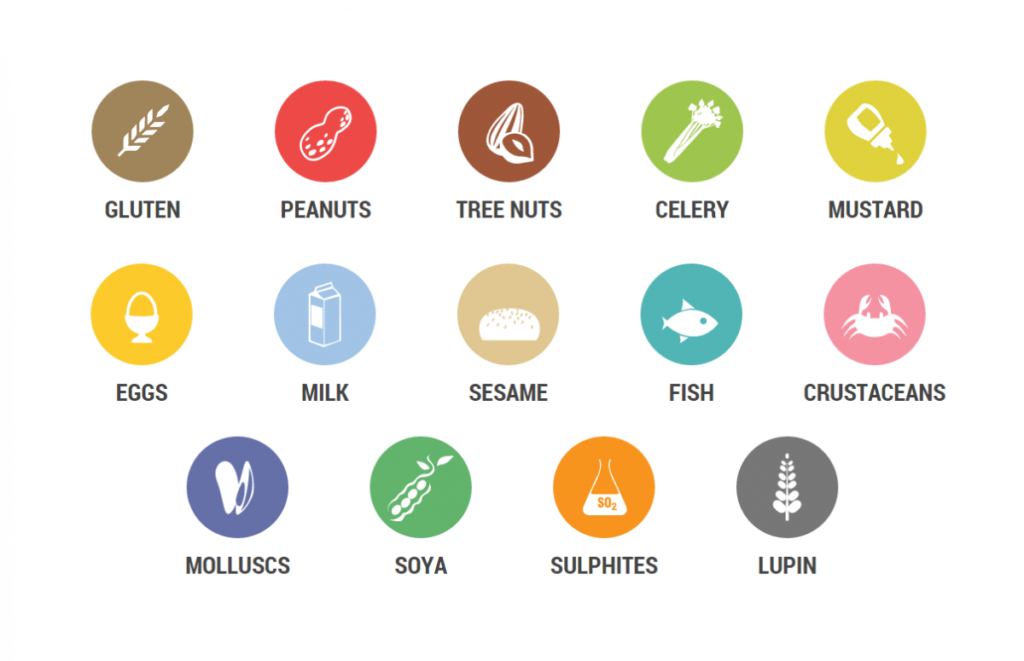
Until recently, allergen labelling was required only for pre – packed foods, but from 1st October 2021, the requirements for Prepacked for direct sale (PPDS) food labelling will change in Wales, England, and Northern Ireland.
What is PPDS ?
Prepacked for direct sale or PPDS is food which is packaged at the same place it is offered for sale to consumers and is in this packaging before it is ordered or selected.
E.g. Products which are prepackaged on site ready for sale, such as sandwiches, bakery products, pizzas, salads and pasta pots which are packed on site before a consumer selects or orders them.
Allergen Labelling Changes in Australia
The Australia New Zealand Food Standards Code was amended recently and has approved The Plain English Allergen Labelling (PEAL) regulations. The new requirements demands that allergen information is to be declared in a specific format and location on food labels, using simple, plain English terms in bold font.
Many countries are making changes to their existing regulations regarding labeling of allergens. This is to ensure allergen labelling is more clear, transparent and consistent.

Author: Meera V. is a Food Technologist and goes to quite an extent to tell the food businesses what they can do to improve the food safety and hygiene. She is a Senior Associate Consultant at Food Safety Works and regularly audits food businesses to check on their compliance and also plays a crucial role in regulatory and compliance team.

